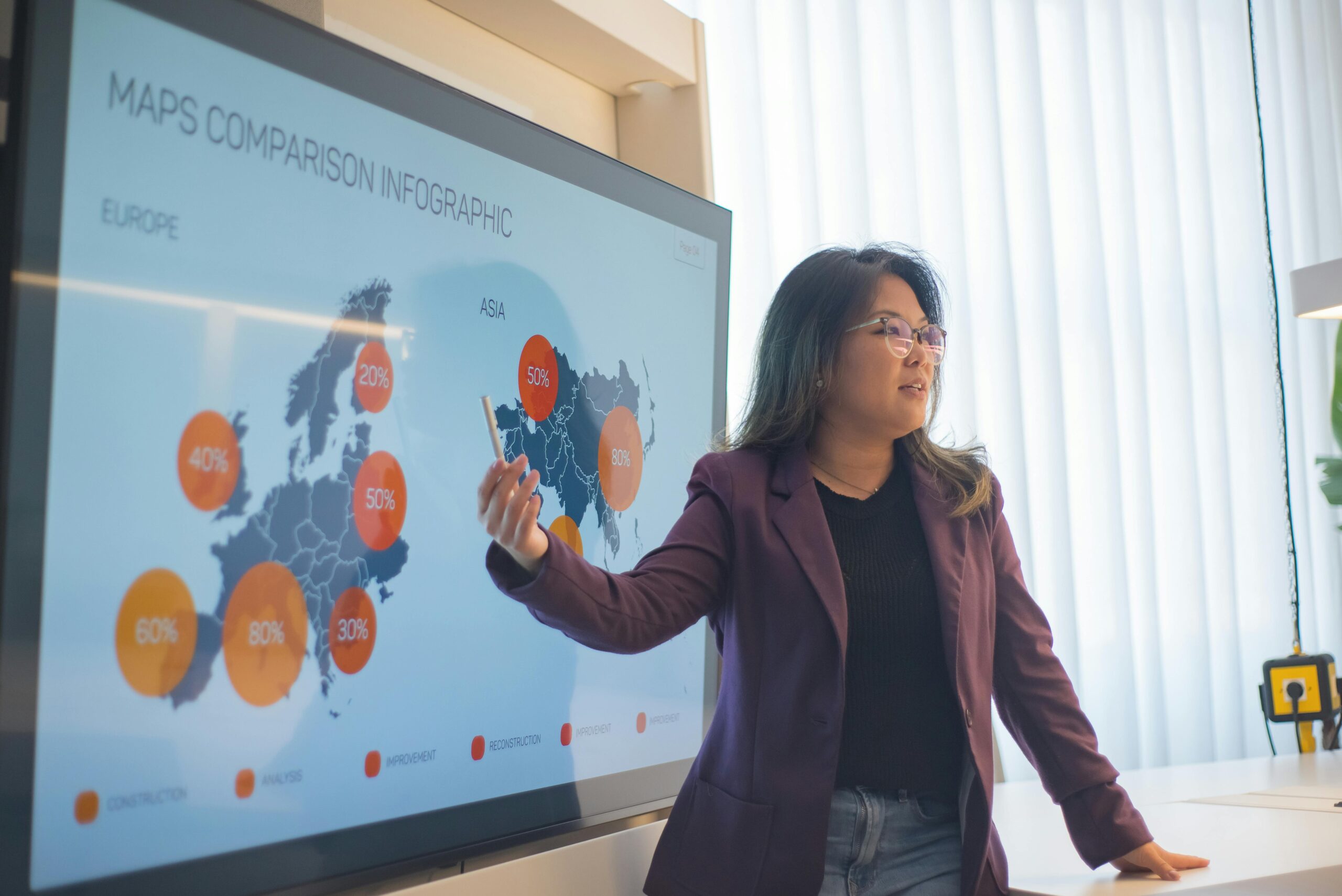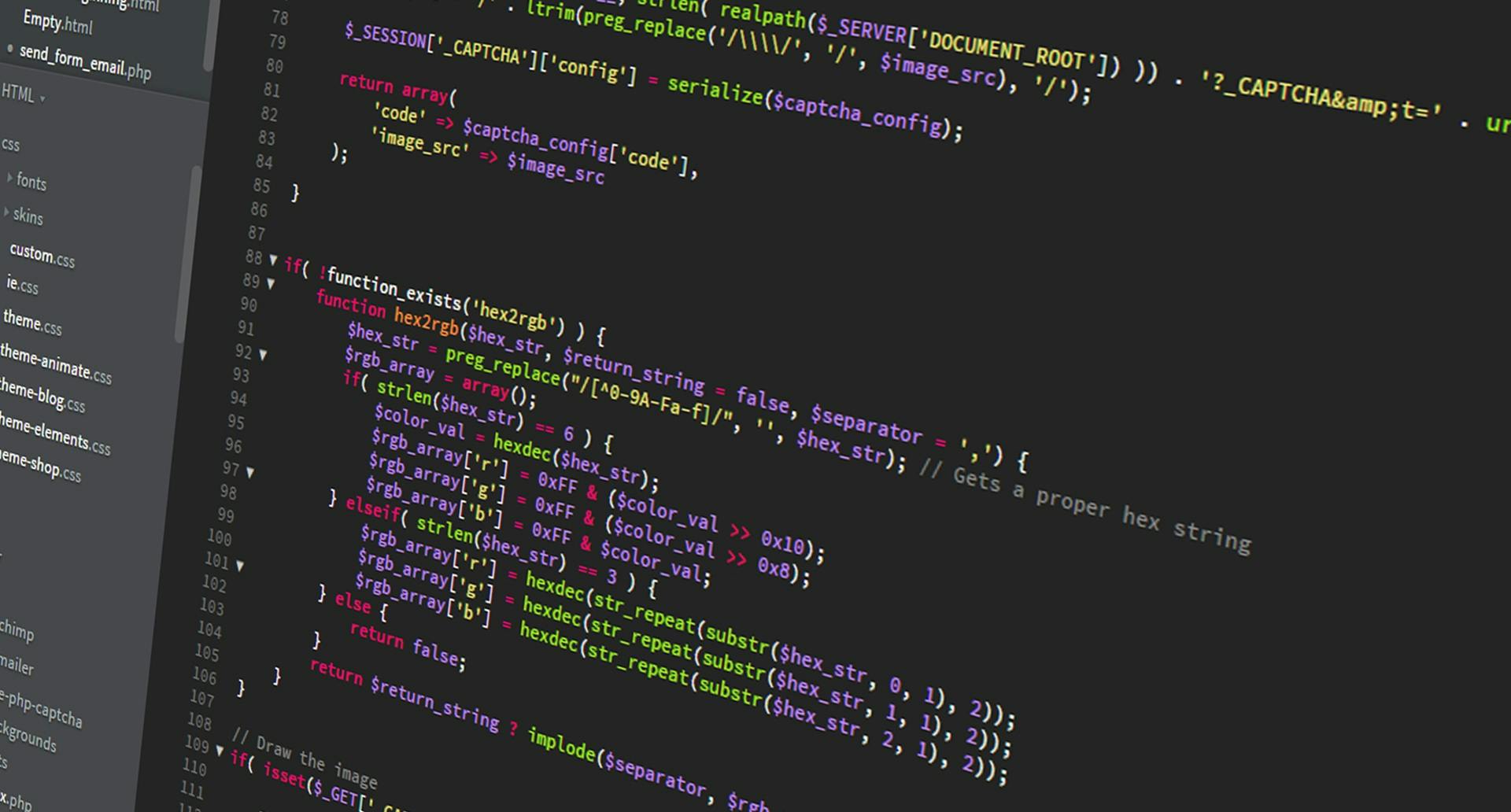Exploring the Future of Development Tools: Trends and Innovations
Artificial Intelligence and Machine Learning in Development Innovations

In the rapidly evolving world of software development, staying ahead of the curve requires more than just mastering coding languages. The tools developers use to write, test, and deploy their code are advancing at an unprecedented pace, driven by innovations that promise to reshape the landscape of development. In this blog, we’ll explore the latest trends and innovations in development tools that are set to define the future of the industry.
1. AI-Powered Development Tools
Artificial Intelligence (AI) is revolutionizing development tools by automating repetitive tasks, enhancing code quality, and even generating code snippets. Tools like GitHub Copilot, powered by OpenAI, are already assisting developers by providing intelligent code suggestions based on context. The future will likely see AI tools becoming more integrated into the development process, offering personalized code recommendations, automating testing, and even predicting potential bugs before they occur.
Key Takeaway: AI is set to become an indispensable ally for developers, reducing the time spent on mundane tasks and allowing more focus on creative problem-solving.
2. Cloud-Based Development Environments
The shift to cloud-based development environments is gaining momentum, offering developers the ability to code from anywhere with just a browser. Platforms like GitHub Codespaces and AWS Cloud9 are making it easier to set up and manage development environments without the need for complex local configurations. This trend is particularly beneficial for remote teams, providing seamless collaboration and reducing setup time.
Key Takeaway: Cloud-based environments are the future of development, offering flexibility, scalability, and collaboration opportunities that traditional local setups cannot match.
3. Low-Code and No-Code Platforms
As the demand for software development outpaces the availability of skilled developers, low-code and no-code platforms are emerging as powerful tools to bridge the gap. These platforms allow users to create applications with minimal coding, using visual interfaces and pre-built components. While initially aimed at non-developers, these tools are increasingly being integrated into professional workflows to accelerate prototyping and development.
Key Takeaway: Low-code and no-code platforms are democratizing software development, enabling faster project turnarounds and making technology more accessible to a broader audience.
4. Enhanced DevOps Tools
DevOps practices have become the backbone of modern software development, and the tools that support these practices are continuously evolving. Innovations in CI/CD (Continuous Integration/Continuous Deployment) tools, containerization, and infrastructure as code (IaC) are enabling faster, more reliable releases. Tools like Docker, Kubernetes, and Terraform are leading this charge, providing developers with powerful ways to manage complex environments and automate deployment processes.
Key Takeaway: The future of DevOps tools lies in greater automation, integration, and the ability to manage increasingly complex systems with ease.
5. Developer-Centric Design and User Experience (UX)
As development tools become more advanced, there’s a growing emphasis on making them more intuitive and user-friendly. Tools with well-designed interfaces, thoughtful workflows, and seamless integrations are gaining popularity among developers who value not just functionality but also the experience of using these tools. This trend towards developer-centric UX is likely to drive the creation of tools that are not only powerful but also a pleasure to use.
Key Takeaway: User experience is becoming a critical factor in the adoption of development tools, with a focus on creating environments that enhance productivity and reduce friction.
6. The Rise of Edge Computing Tools
Edge computing is becoming increasingly important as the need for real-time data processing grows. This trend is driving the development of tools that support building and deploying applications closer to the data source, reducing latency and improving performance. As IoT (Internet of Things) devices proliferate, edge computing tools will become essential for developers working on distributed systems and applications that require immediate data processing.
Key Takeaway: Edge computing tools will be vital in enabling developers to build responsive, high-performance applications in an increasingly connected world.
Conclusion
The future of development tools is bright, filled with innovations that promise to make the life of developers easier, more productive, and more creative. From AI-powered assistants to cloud-based environments and beyond, these trends are not just shaping how we code but also how we think about the entire development process. By staying informed and embracing these innovations, developers can position themselves at the forefront of the industry, ready to tackle the challenges and opportunities that lie ahead.
Share this content:









Post Comment